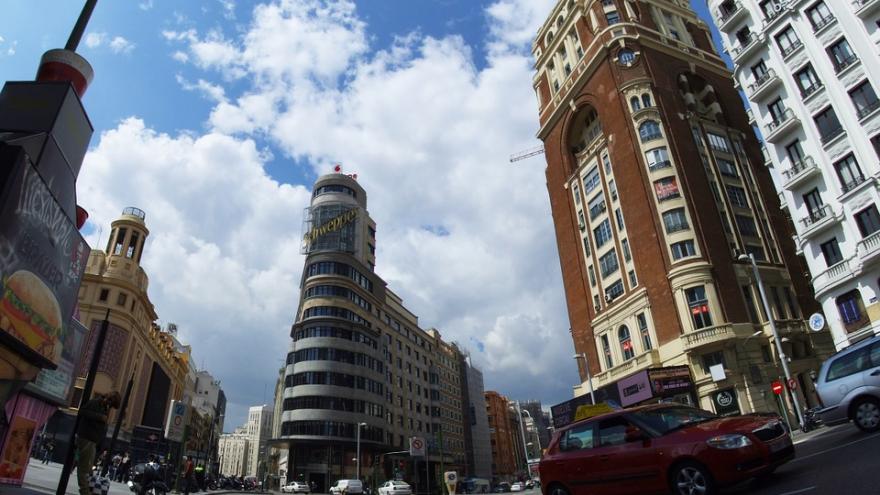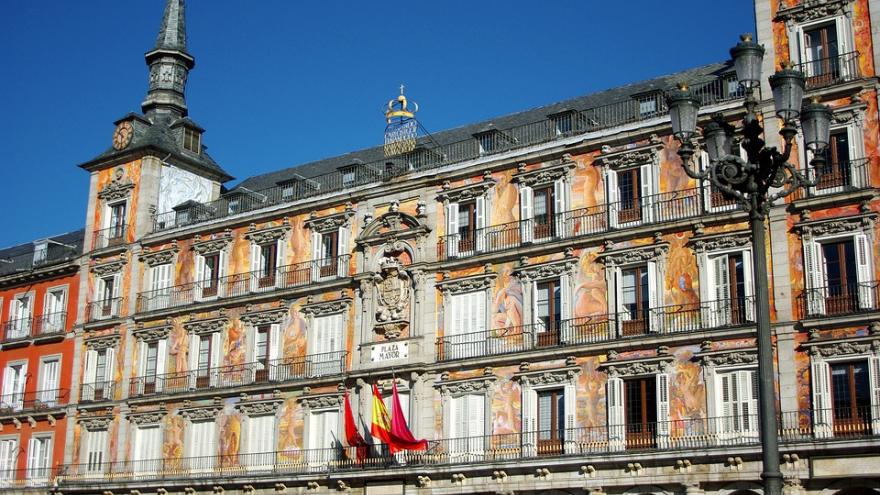
Tourist routes by the architecture of Madrid
A few different routes to spend a few days in the city
Walking around Madrid is also enjoying the architectural heritage. One of the main attractions of Madrid is its buildings and architectural works, classical and contemporary constructions. We invite you to make simple itineraries for some of them.
The architecture of the streets
For a first visit among the places to learn about the art and history of the city, you cannot fail to contemplate some of the palaces, modernist and residential buildings in the streets of the center of different periods and styles through the streets of Mayor, Gran Vía, Bailén , Segovia, Arenal, Cuchilleros, de la Cruz, del Carmen, La Cava Baja, Cervantes, Carrera de San Jerónimo, Alcalá, Caballero de Gracia, del Clavel, Atocha, Ribera de Curtidores, Recoletos, Ortega y Gasset or Alfonso XII.
Historic buildings
A classic and splendid itinerary through the magnificent monuments and neoclassical buildings built in Madrid during the second half of the XNUMXth century and the first half of the XNUMXth century by great and admirable architects such as Ventura Rodríguez, Juan de Villanueva or Sabatini: the Congress of Deputies, the Puerta de Alcalá, the Royal Observatory of Madrid, the National Library, the Royal Academy of Fine Arts of San Fernando, the Casa de Correos, the Oratory of the Caballero de Gracia or the Prado Museum.
A stop at El Retiro
Stop and route through El Retiro, the most important historical park in Madrid full of gardens, fountains, monuments, whims, corners and activities to enjoy. Some essentials are: the monument to Alfonso XII, the Big Pond, the Crystal Palace and its pond, the fountain and statue of the Fallen Angel dedicated to Lucifer, the Fisherman's House, La Rosaleda, the Royal Astronomical Observatory, the sculptures and ensembles sculptures from the XNUMXth and XNUMXth centuries, and the Palacio de Velázquez.
Contemporary buildings
The tour of the most modern Madrid and the most significant works of contemporary architecture begins at the first sloping skyscrapers in the world in Plaza de Castilla, It continues along Paseo de la Castellana, the financial and business heart of the capital with towers, buildings of offices and the tallest skyscrapers in Spain, of outstanding architects: Moneo, Sainz de Oiza or Miró. And it ends in the Capitol building in Plaza del Callao inspired by New York rationalism.
Singular buildings
The route begins in the historic center of Madrid at the Plaza de la Villa, a medieval square that houses some of the oldest buildings in Madrid: the Casa y Torre de los Lujanes, the Casa de la Villa and the Casa Cisneros. Continue to the Casa de la Panadería in the Plaza Mayor, a XNUMXth-century building with wall paintings on the facade. The oldest and most important in the square. And it ends at the Las Ventas bullring, the most representative monument of the Spanish Neomudéjar style.
















